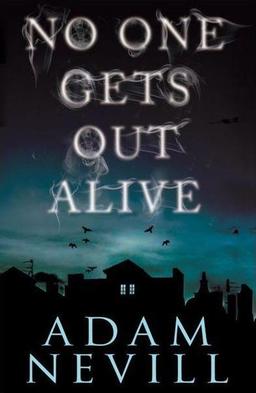The History of the Other Necronomicon
![]() (With sincerest apologies to H. P. Lovecraft)
(With sincerest apologies to H. P. Lovecraft)
Original title, Watdiz Rafaflafla — Rafaflafla being the word used by residents of the greater Pittsburgh area to designate that harrowing sound (made by insects and tiny flying horses) suppos’d to resemble the flatulence of daemons who have been tuned to the key of B flat.
Composed by Haminah Haminah H. Haminah, Esq., a sad clown and learned scholar of the Peoria, in the American caliphate of the Illinois, who is said to have flourished during the early period of the Flock of Seagulls and the A-ha, circa 1983 A.D. He visited the ruins of the Cleveland and he explored subterranean secrets of the Memphis and spent ten years alone in the great southern desert of the Phoenix — the Hoolenah Whooleenah or “Artificially Irrigated Space” of the ancients, which is held to be inhabited by evil blue-haired spirits and sundry other monsters of the retirement catacombs. Of this desert many tedious and mediocre marvels are told by those who have much time on their hands and are usually about two and a half sheets to the wind.
In his last years H. Haminah dwelt in Topeka, where the Necronomicon II was written, and of his final death or disappearance (c. 1989 A.D.) many random and pointless things are told. He is said by Reebeeh Bopaloola (his biographer) to have been seized by an unspeakably vile monster with breath that would stop a tank in broad daylight in the produce aisle of the Safeway and devoured horribly before a smattering of bored witnesses. Who just wanted some arugula and really didn’t want to get mixed up in yet another one of those supermarket devouring incidents.
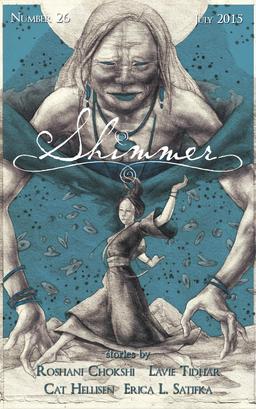
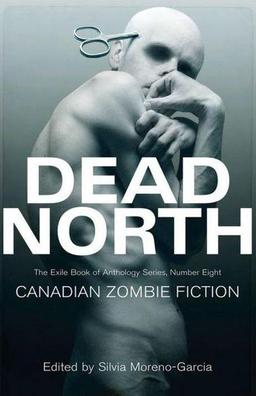

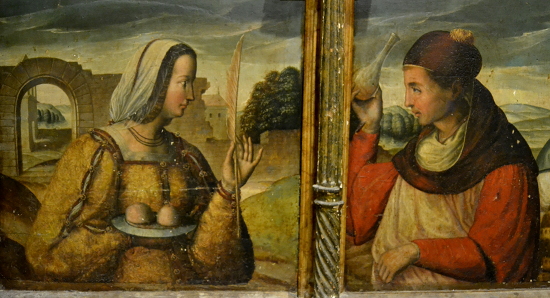
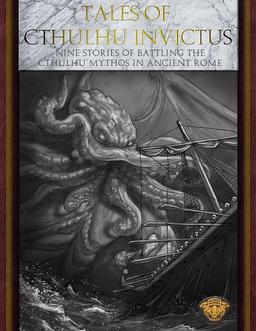
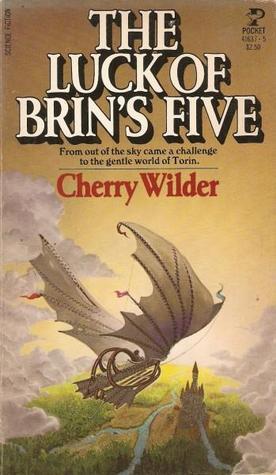
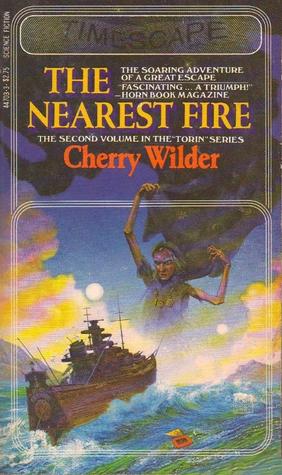
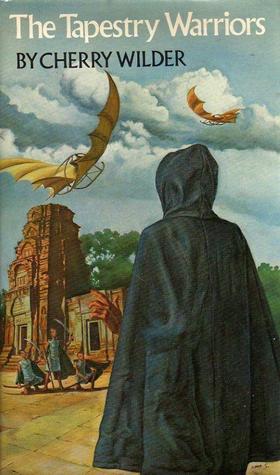
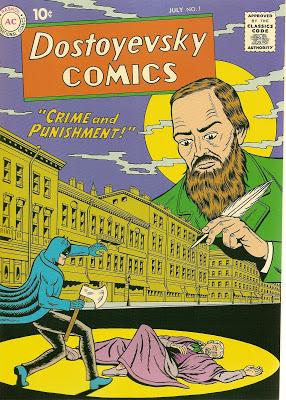
 One of the things people don’t tell you about getting older is that the more books you read and movies you see, the more likely you are to see those stories echoed in other stories. The new books and movies you come across remind to you of the older books and movies you already know. Sometimes there’s good reason for that, as artists try to engage in a dialogue with their forebears. Sometimes you’re just seeing things.
One of the things people don’t tell you about getting older is that the more books you read and movies you see, the more likely you are to see those stories echoed in other stories. The new books and movies you come across remind to you of the older books and movies you already know. Sometimes there’s good reason for that, as artists try to engage in a dialogue with their forebears. Sometimes you’re just seeing things.